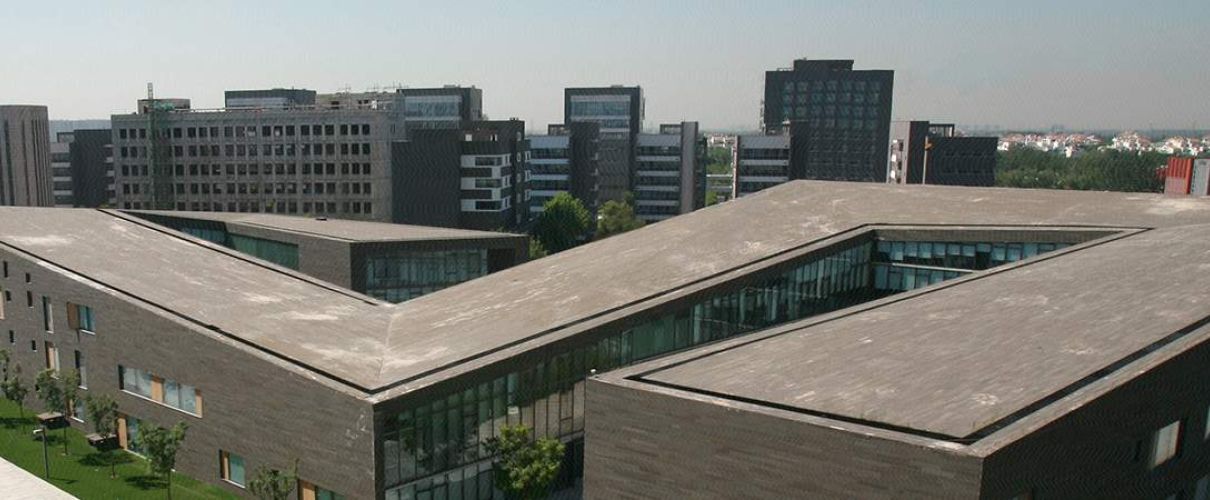- Commercial
- Commercial Roofing Contractors
- Emergency Commercial Roof Repair
- Commercial Roof Inspection & Estimate
- Commercial Roof Replacement & Installation
- Commercial Roof Maintenance
- Commercial Storm Damage Roof Repair
- New Commercial Roof Construction
- Commercial Roof Insurance Claims
- Commercial Roof Materials
- Commercial Roof Styles
- Commercial Roof Pitch
- Industrial
- Multi-Family
- Residential
- Residential Roofing Contractors
- Emergency Residential Roof Repair
- Residential Roof Inspection & Estimate
- Residential Roof Replacement & Installation
- Residential Storm Damage Roof Repair
- New Residential Construction Roofing
- Residential Roof Insurance Claims
- Residential Roof Materials
- Residential Roof Pitch
- Locations
- Company
- Contact
When it is time for commercial roof replacement, you may not know where to start. Your business is often your most valuable asset. That is why it is important to protect it. In order to protect your business, that means your building needs to be in tip-top shape. The first place to start is your roof.
When your commercial roof fails, it can cause significant damage to your building. Water damage is nothing you should take lightly as it can be quite costly to remediate, not including damaged equipment such as computers or machinery. In fact, a small leak can cost in excess of $11,000 dollars in damages very quickly.
How To Keep Your Roof In The Best Shape
The key to protecting your business is regular inspections and maintenance of your commercial roof system.
That means at least once a year, you should have a qualified roofing contractor inspect your roof for common damage that may occur throughout the course of a year. This is a great item to put on your annual maintenance plan for your facilities management team. It can also push back the time for commercial roof replacement to occur.
Other times you should complete an inspection is after major storms, or if any contractors have been on your roof completing other work to things like generators of HVAC systems that may be up there.
What Are The Signs I Should Replace My Roof
There are several signs your roof may be coming to its end of life. While we don’t always want to admit that we have to spend the money to replace our commercial roof, here are some common signs that are unavoidable.
Bubbling
Membrane style roofs like Built-Up roofing, TPO, PVC, and EPDM are all prone to bubbling, also referred to as roof blistering.
A roof blister is a bubble that forms under the membrane. It is typically caused by moisture or air getting trapped under the membrane. The two main reasons it happens are poor installation and poor ventilation. It is important to note that climates with extreme temperature fluctuations like the Denver area are more prone to this issue.

While small blisters may not cause problems if taken care of right away, left unrepaired they can cause significant damage to your roof. If you notice blisters or bubbles forming have a qualified roofing contractor inspect and repair it as soon as possible. You may catch the problem soon enough to avoid a replacement project. Our roofing expert may determine that a repair will suffice for this type of roofing.
Damaged Pitch Pan Or Flashing
Pitch Pans are the metal sleeves placed around any protrusion in your roof. They are the first line of defense in keeping water out of your building in the place that is most likely to have an issue.
Flashing is used to divert water away from areas where the roof meets a vertical surface. Typical places you would find flashing are chimneys, dormers, or skylights. Just like pitch pans, they are the first line of defense for keeping water out of your building.
When pitch pans and flashing become damaged they may not be able to shed the water away from the protrusion, thus allowing water to leak into your building. Typically, these leaks start slow and may be hard to detect at first. This is why conducting roof maintenance checks regularly is critical to your commercial building’s longevity.
Holes Or Tears To The Roof Membrane
Many buildings have critical equipment like HVAC and generator systems on their roof. These specialized pieces of equipment require regular maintenance. During installation and maintenance, there is always a possibility that your roofing membrane could become torn or punctured.
Good preventive behavior is to inspect the roof before and after all major work done on rooftop equipment. Check all flashing and areas where workers may have been present.
Roof Rot
Also known as dry rot, roof rot is a big sign that there may be something more serious going on on your roof. Roof Rot is caused very simply by polling or standing water on your flat roof. Over time that standing water breaks down the roofing membrane and will eventually cause not only the roof to fail but damage to the structure of the roof.

When assessing your roof for rot, look for sagging, water stains, wet spots, discoloration, or cracks in the membrane. One of the best times to evaluate if you have a potential problem with water infiltration is immediately after a good rain. If you think you are seeing signs of roof rot contact a roofing contractor to provide a visual inspection.
Low spots And Puddles
Low spots on your roof can be a sign of the structure of your roof failing. Not addressing low spots immediately will definitely lead to much bigger problems soon than later. The best time to inspect for low spots is immediately after it rains.
If you see any pooling or puddles, ensure drains are clear. If they are, then call a roofing company to come to inspect the structure of the roof for integrity issues.
Blow-Offs And Wind Damage
Blow-offs are bad news for your commercial roof. While membrane systems are typically not susceptible to blow-offs, if the seams on the system are not sealed correctly it can cause the seam to separate and blow loose. With the Denver area winds, this can be a very real issue for many roofs. If your building is exposed to intense weather, it may come time for commercial roof replacement sooner than later.
What many people don’t realize is that often it will not be a seam that fails but the system will fail where it connects to the flashing. With high winds, the negative pressure pulls the roof loose from the flashing. The great news is that insurance usually covers this.
Storm Damage
Unfortunately, your commercial roof is not storm proof. Extreme weather conditions like hail, sleet, and snow can all damage your roof. Not only is your roof susceptible to just the weather conditions, but these often bring high winds that may blow debris onto your roof.
The best line of defense for your roof is regular maintenance and inspections. In the case of hail specifically, you should contact a roofing contractor to have your roof professionally inspected.
What Does This All Mean?
Simple, the better you maintain your roof and the sooner you address issues, the less likely you will have to replace the entire roof. However, if you do need to replace the entire roof remember to inspect the roof before during and after the work.
Before the work begins, walk the roof with the project manager. This will allow you to point out areas you are concerned about and also allow your contractor to point out issues you might not be aware of.
During the work, keep a pulse on the project. Don’t be afraid to ask questions and find out as they remove the old roofing system if there are any other issues they discovered. Your roof installers can attest that this is the perfect time to replace or address the problems.
After the work has been completed, you should do a final walk with the contractor. Look at critical areas like seams, flashing, and pitch pans to make sure they are sealed and will hold off the onslaught of Mother Nature.
What’s Next?
Do you think it’s time for commercial roof replacement?
If you think your commercial roof is experiencing any one of these issues contact our team to schedule your free inspection and estimate.
We will start with a roofing inspection and determine whether your building needs a replacement or simpler roof repair.
-
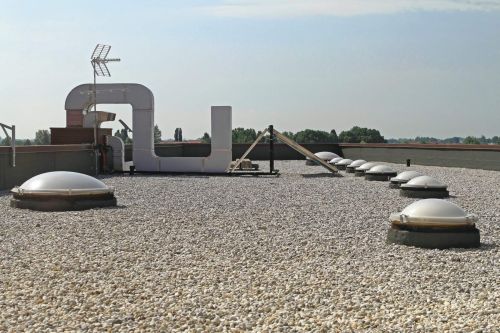
Commercial Roofing Contractors in Castle Rock
-
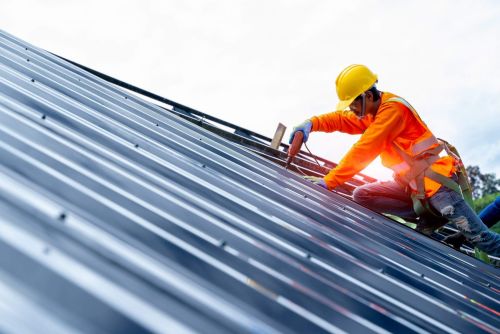
New Commercial Roof Construction in Loveland
-
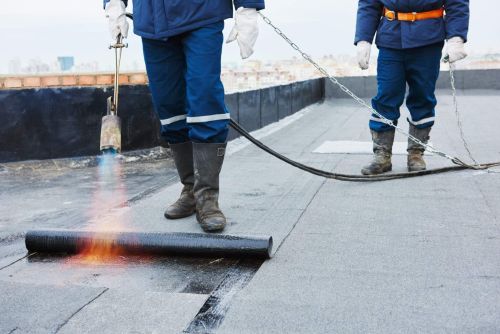
Built-up & Modified Bitumen Roofing in Ten Sleep
-
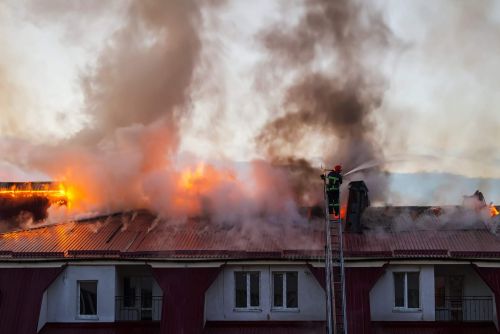
Storm Damage Roof Repair in Thornton
-
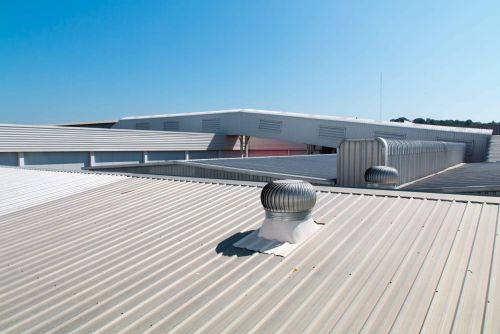
Commercial Roof Maintenance in Berthoud
-
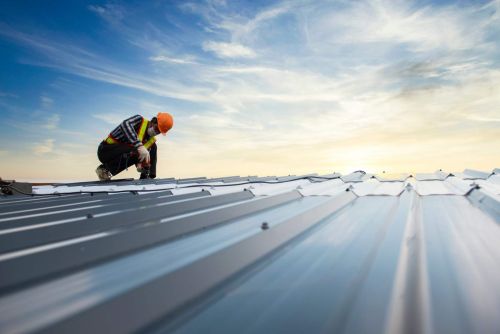
Industrial Roofing Contractors in Greeley
-
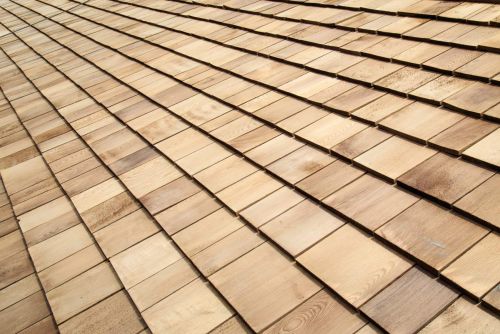
Wood Shake Roofing in Berthoud
-
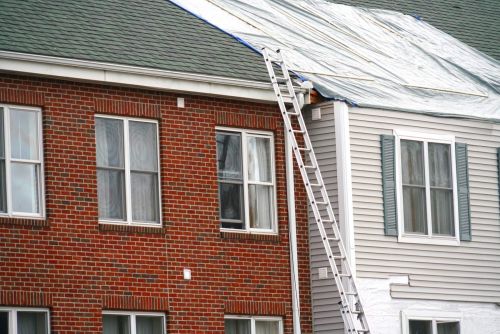
Emergency Roof Repair in Centennial
-
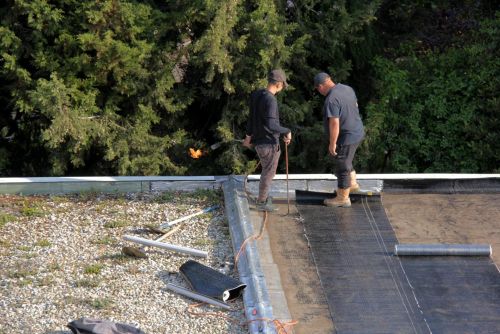
Tar & Gravel Roofing in Sheridan
-
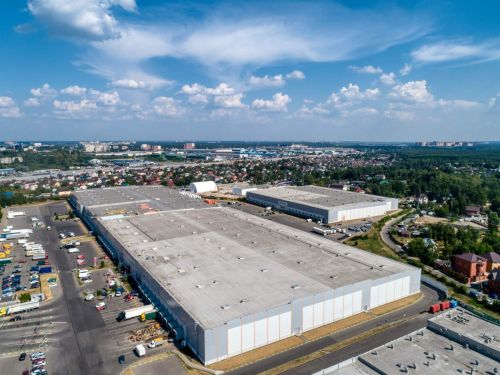
New Industrial Roof Construction in Aurora
